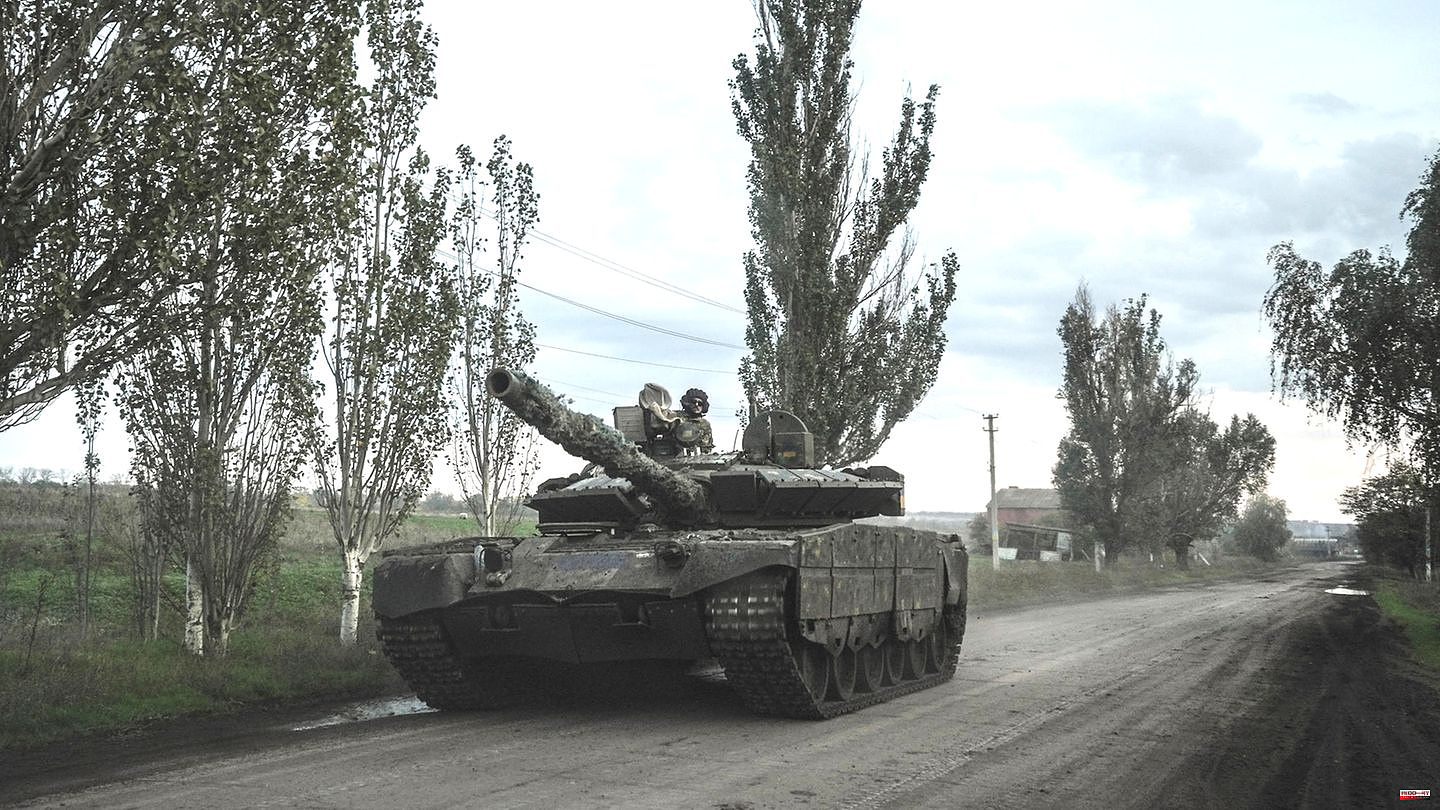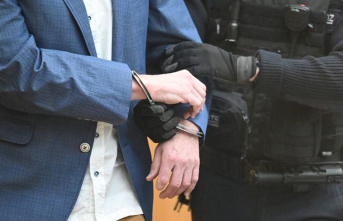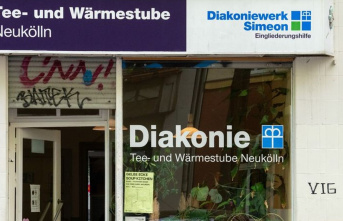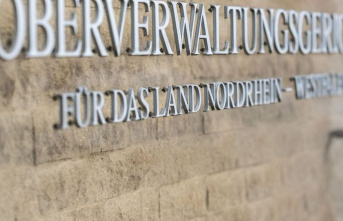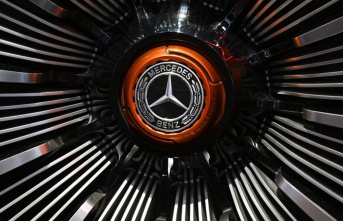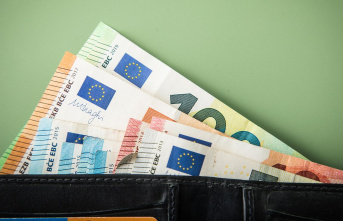After the Russian withdrawal from Lyman, Ukrainian President Volodymyr Zelenskyy announced the recapture of further areas controlled by Russia. "Over the course of the week, new Ukrainian flags were flying over the Donbass," where the Russians had previously held their "pseudo-referendums," said Zelenskyy in his daily video address on Saturday evening. "In the coming week there will be even more." At the same time, the 44-year-old announced that fighting was still going on in Lyman.
Lyman is located in the eastern Ukrainian region of Donetsk, for which Russia sealed the annexation by signing agreements on Friday, along with the three other Moscow-controlled regions of Luhansk, Zaporizhia and Kherson.
Bitter fighting had raged around the eastern Ukrainian city for weeks. After the defeat in the north-eastern Ukrainian region of Kharkiv and their withdrawal from there, the Russian troops tried to establish a new front line along the Oskil and Siverskyi Donets rivers. Lyman, as the closest city across from the Sloviansk-Kramatorsk conurbation held by Kyiv, was considered important in this regard. On the one hand, to be able to launch attacks in the north of the Donbass region, on the other hand as a barrier for a Ukrainian counter-offensive.
However, the Ukrainian forces were able to corner the city during their offensive. Attacks were launched from the west as well as from the north and south. The Russians' only supply and retreat link to the east via Zarichne and Torske came under fire from the Ukrainian artillery.
Lyman was finally snatched back from the Russians on Saturday. Ukrainian units hoisted the blue and yellow national flag in the city. Shortly thereafter, Moscow confirmed the withdrawal of its troops because of the "danger" of encirclement. Earlier, Ukrainian army spokesmen reported having trapped thousands of soldiers near the city. Under these circumstances, it is unclear how many Russian soldiers actually fell, were taken prisoner or were surrounded.
With the fall of Lyman, the path to Kreminna and Svatowe opened up for the Ukrainian troops. Both cities are in the Luhansk region and are – especially Swatowe – important transport hubs. This would be a devastating signal for the Kremlin. At the beginning of the summer, the Russian army declared the Luhansk region "liberated".
Meanwhile, Federal Defense Minister Christine Lambrecht (SPD) was in Ukraine for the first time since the beginning of the war. In the port city of Odessa, which is also a target of Russian rocket attacks, she met her Ukrainian colleague Oleksiy Resnikov on Saturday. Lambrecht assured Resnikov that Germany would deliver a first unit of the previously announced state-of-the-art Iris-T SLM air defense system within a few days. In particular, Ukraine needs weapons for air defense, the minister explained in the ARD "Tagesthemen". "According to the impressions I gained today, the focus is now on air defense and artillery." Because of an air alarm, she had to seek shelter in bunkers twice, most recently during her overnight stay in a hotel on Sunday night.
Lambrecht returned to Moldova on Sunday morning from her visit to Ukraine. The SPD politician crossed the border by land with a small delegation near the Moldovan village of Palanca around 8 a.m. (CEST). It was then supposed to go back to Berlin from Moldova by plane.

